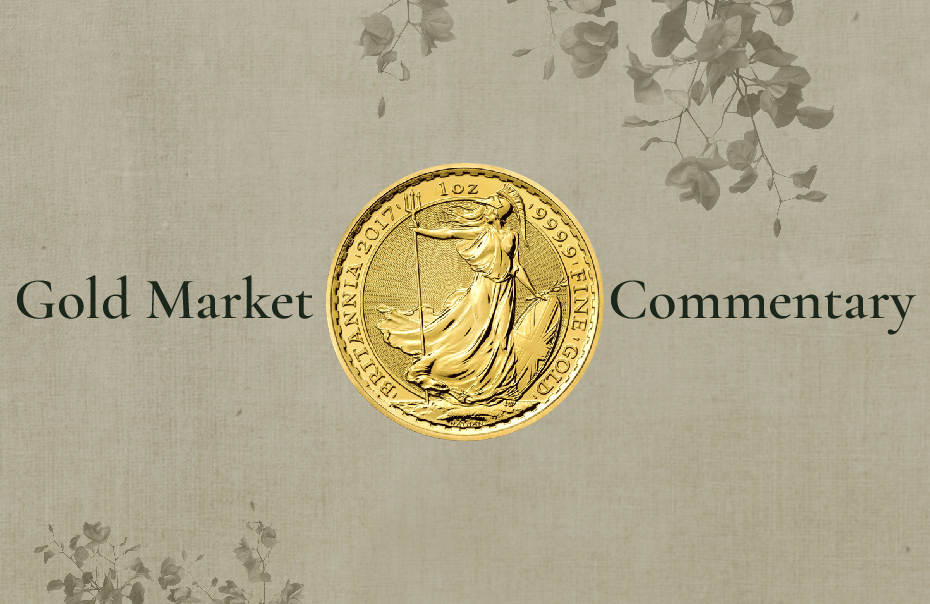Gold Prices Near Two-Month Low Amid Buoyant Dollar
Geopolitical Stability and U.S. Election Impact
Gold prices traded near a two-month low in mid- November, pressured by a buoyant dollar as geopolitical uncertainties eased following the U.S. presidential election.
Bullion prices fell from trading near an all-time high in excess of USD $2,700 per ounce, touched in the days before Republican Donald Trump’s outright win against Democrat Kamala Harris in the November 5 U.S. presidential election.
Part of the reason for the retreat in gold was the ending of a prolonged period of uncertainty over the outcome of the election, with the two candidates running neck and neck for months in the run-up to voting.
Economic Policy and Inflation Concerns
President-elect Trump’s plans to introduce tariffs and to cut taxes after he takes office in 2025, are considered potentially inflationary and could signal less aggressive moves by the U.S. Federal Reserve to cut interest rates.
A 25-basis points U.S. interest rate cut in December is still seen as likely, but inflationary pressures following any future tariffs may dampen the momentum of U.S. rate cuts.
This could drag on gold prices, perhaps keeping them below their latest record peak, analysts say.
Safe-Haven Appeal and Geopolitical Risks
However, a future eruption of geopolitical uncertainty or turmoil may drive up gold again.
The successive peaks in gold prices seen in 2024, since late in 2023, were underpinned by bullion’s appeal as a “safe haven” against a backdrop of wars in Ukraine and the Middle East, and these conflicts could flare up suddenly and trigger renewed and intensified uncertainty at any time.
Market Movements and Predictions
Following the U.S. presidential election result, gold was down 0.16 percent on the day to USD $2,562.81 per ounce on November 15.
“Gold correcting as expected,” Mark Leibovit, publisher of the VR Metals/Resource Letter, was quoted as saying by Kitco News.
“Risk is to USD $2,300 (per ounce). Long-term view to USD $3,700 still intact.”
As well as geopolitical uncertainties, the surge of gold throughout much of 2024 was linked to a climate of falling U.S. interest rates, as gold bears no yield.
Dollar Strength and Global Economic Trends
The rally of the U.S. dollar to one-year highs against a basket of currencies, has eroded gold prices, as bullion is denominated in the greenback and so overseas investors using other currencies, such as pounds or euros, need to pay more for the precious metal.
The pound risks further falls against the dollar if UK economic growth maintains its present sluggish trend.
The Bank of England has signalled that it is in no hurry to reduce rates further, but analysts do expect further UK rate cuts in the coming months.
UK mortgage rates have remained stubbornly high despite the most recent 25-basis points cut in UK rates earlier in November.
































